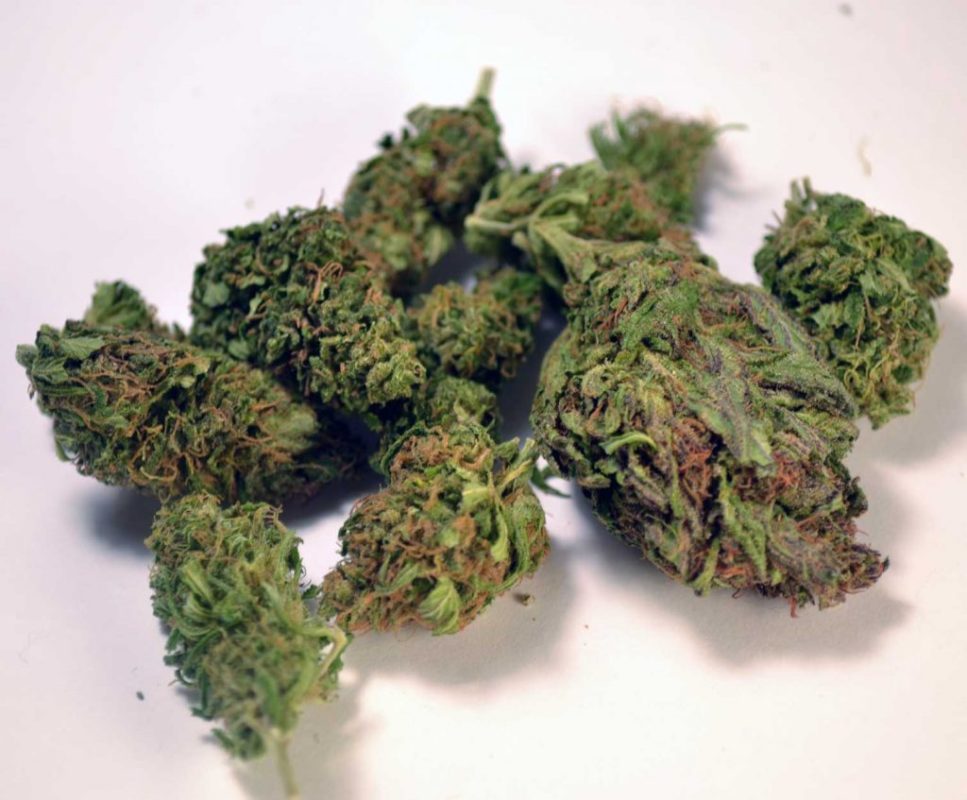
Marijuana has been thrust into the public eye in recent years. As legislation has become more lenient regarding its use, there has been a burgeoning movement to embrace the benefits it can confer. Those who suffer from a variety of disorders swear by its efficacy. However, there is a growing debate that psychedelics can be a better choice. They are quickly becoming an item users seek to alleviate pain and depression, decrease stress and affect mood.
Yet many are left wondering, is there really a comparison? While cannabis has a long history of helping individuals with chronic pain and other maladies, the science of psychedelics is just beginning.
Cannabis is harvested from plants in the Cannabaceae family. It has been used by humans for thousands of years. Growers typically obtain seeds from two main flowering sources: Cannabis sativa and Cannabis indica. Cannabis can be taken in a variety of ways, including smoking, in pill form, sublingually, ingested in food or drinks, and even absorbed through the skin using topical creams and transdermal patches.
A main active ingredient in cannabis is THC or tetrahydrocannabinol. Cannabidiol (CBD) is also an active ingredient but lacks many of the psychoactive effects typically found in THC. THC and CBD work by stimulating certain receptors in the nervous system.
These receptors, known as CB1 and CB2, are specialized for a variety of processes throughout the body, including movement, memory, and pain. These receptors are part of a wider system known as the endocannabinoid system (ECS). CB1 receptors are present all throughout the human body but can be mainly found in the brain and spinal cord.
They often influence different parts of the brain including the hypothalamus and the amygdala, areas that are responsible for appetite, memory processing, and mood. CB2 receptors are found mostly in the peripheral nervous system, particularly in immune cells.
Activating these receptors can have an effect on inflammation responses and pain. Researchers are currently investigating if cannabis can mitigate conditions like Alzheimer’s, cardiovascular disease, epilepsy, and diabetes.
Psychedelics are defined as a group of substances that can affect bodily processes and how our brains interpret external stimuli. Psychedelics are widely credited with inducing consciousness-altering experiences and are largely considered to be hallucinogens. They can be placed into three main categories:
Psychedelics often work by activating certain receptors in the brain called 5-HT2A receptors or 2ARs. These receptors typically respond to the neurotransmitter serotonin. By altering the ways in which these receptors work, psychedelics help to alter perception and brain function.
According to researchers, these receptors are located in the brain’s cortex and are normally triggered by serotonin. There are many substances that can activate 5-HT2A receptors. However, many of these substances do not influence perception in the way that psychedelics can.
Experts believe that this is due to the nature of the serotonin-2A receptor. The receptor has more than one way to be switched on or activated. When a psychedelic is introduced to the body, it turns on the receptor in a different way, leading to an altogether different result. Marijuana vs Psychedelics: The Comparison
There are many different kinds of psychedelics, including:
There are no uniform psychedelic experiences. Each one varies according to the user and the user’s own level of brain function, their current mood, and even their surroundings. Those who have used LSD, for example, report effects that researchers describe as drug-induced psychosis.
Drug-induced experiences are defined by a loss of touch with reality and an inability to rationally think or speak, and as well as dissociative fugues where the user doesn’t feel connected to themselves or others.
Marijuana is a substance that often influences brain function in ways that can be subtle. Researchers have observed in some studies that cannabis influences the activation of receptors. Activating these receptors often blocks the reuptake of certain chemicals, in particular, dopamine and serotonin.
These chemicals are often essential for feelings of well-being and happiness. Cannabis may also amplify the effect that antidepressants have on the user. The amplification of effects is useful in combating depression and other psychological conditions. Marijuana vs. Psychedelics: The Comparison
Cannabis is used by many who suffer from day-to-day issues. Many of these sufferers may have undergone an amputation and have “phantom pain,” or other chronic pain disorders. Cannabis has also been used to address the loss of appetite, depression, nausea, headache and disturbed sleeping patterns.
Psychedelics have been indicated to work in cases of depression and anxiety. In a research study on toad venom, 75 participants from the Czech Republic, Spain, and the Netherlands were given doses of 5-MeO-DMT (toad venom). They recorded changes in their moods for four weeks. Marijuana vs Psychedelics: The Comparison
At the end of the study, participants reported that their depression levels had dropped by up to 68 percent. Levels of participants’ anxiety and stress levels were also reported to have dropped 56 percent and 48 percent, respectively. Psychedelics have also been touted as a way to address addiction problems. Those who suffered from addiction and took the psychedelic drug Ibogaine stated that they found instant relief from craving drugs and having withdrawal symptoms. Marijuana vs Psychedelics: The Comparison
There were limitations to this study, however. Researchers reported inconsistent participation from subjects. And with such a small sample size, it may be impossible to conclude the wide-ranging effects of toad venom on the general population.
However, researchers also suggest that side effects of Ibogaine are serious and possibly even life-threatening. Others agree that those who habitually use psychedelics run the risk of abuse. Even laboratory derived psychedelics have been indicated to be habit forming.
Researchers have stated that even though psychedelics can be promising in terms of research, they may not be viable for long-term therapy. Psychedelics radically alter perception and cognition, and as such, doctors would be reluctant to expose patients to these side effects.
Other side effects of psychedelics can include increased blood pressure and heart rate, as well as paranoia and, in some extreme cases, panic. Experts feel that in terms of long-term use, experts are more willing to give patients treatments without detrimental effects and feel that psychedelics are not something that can be taken every day.
Cannabis has been indicated to be safe for every day or frequent use. Due to this distinction, it appears that there really isn’t a fair comparison between cannabis and psychedelics. Cannabis addresses long-term issues that require day-to-day management.
Cannabis also works alongside the body’s own endocannabinoid system (ECS) and helps to maintain the naturally occurring neurotransmitters in the brain. Users who suffer from a variety of disorders such as chronic pain can often work in conjunction with health care providers to return to work and their everyday lives.
Research on psychedelics has revealed that they may be an option for radical cancer treatments and as an option for limited use in addiction programs. They are also useful in studying brain damage, as they may promote an increase in neurons and neuronal growth.
Psychedelics can be useful for scientific research and can help advance medical theories. It may be able to unlock some of the mysteries regarding damage in nerve cells and work as a cure for some conditions and disorders.
Due to psychedelics effect on the brain, it may be dangerous to use these substances every day. Users may experience extreme visual and auditory hallucinations and cognition may be severely impaired. There is a risk of abuse and some psychedelics can interfere with how the brain processes information.
Psychedelics have often been used in rituals and tribal traditions by indigenous peoples. They are increasingly being used to address such issues as depression, anxiety, and pain management. Those who take psychedelics report seeing things that aren’t there, hearing noises and feeling sensations that seem real but are not. Experts state that the effects of these substances can begin anywhere from 20 minutes to well over an hour after ingestion, lasting for as long as 12 hours.
Overall, psychedelics and cannabis should not be compared. Comparing cannabis and psychedelics is akin to comparing apples to oranges. They are both distinctly different, address unique situations and affect the body in disparate ways. However, they are both useful in many ways. Cannabis can be a great option for those who are seeking long-term health benefits, while psychedelics are proving to be useful in research on the brain and body.
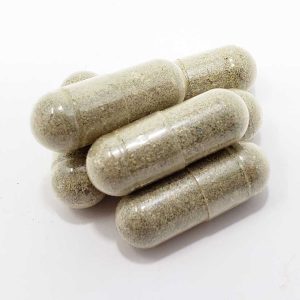
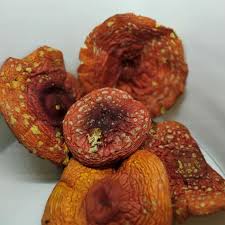

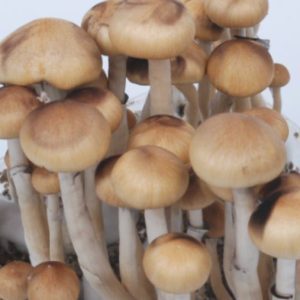

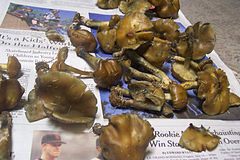

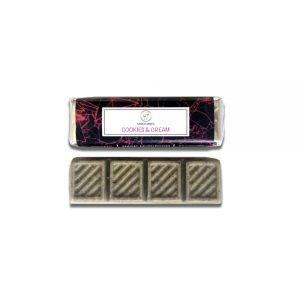

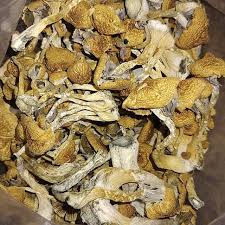
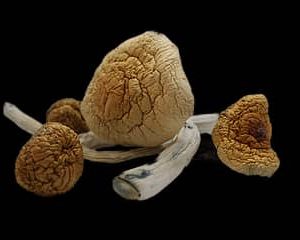
Minimum order amount is $150.00 Dismiss